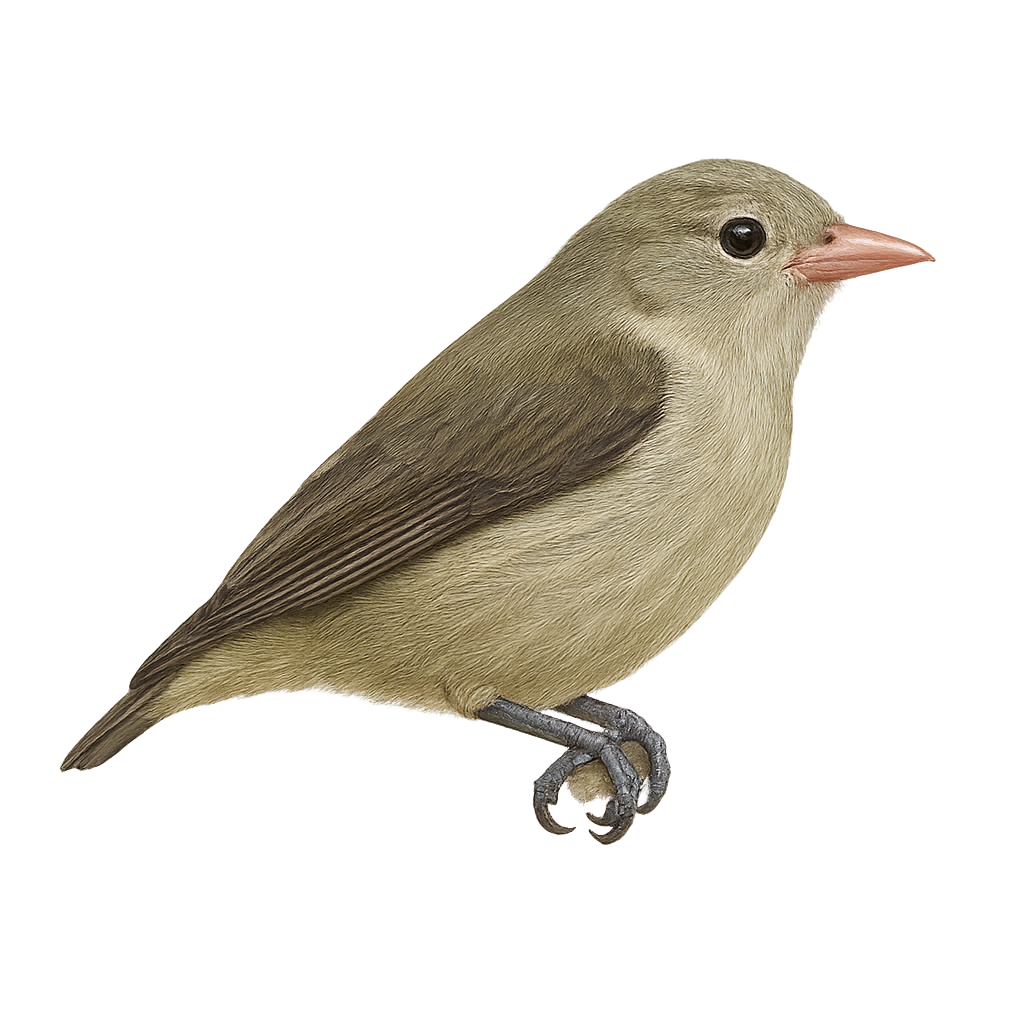Your wildlife photography guide.
Explore the tickell's flowerpecker in detail, study its behavior, prepare your shots.
Where to observe and photograph the tickell's flowerpecker in the wild
Learn where and when to spot the tickell's flowerpecker in the wild, how to identify the species based on distinctive features, and what natural environments it inhabits. The WildlifePhotographer app offers tailored photography tips that reflect the tickell's flowerpecker’s behavior, helping you capture better wildlife images. Explore the full species profile for key information including description, habitat, active periods, and approach techniques.
Tickell's Flowerpecker
Scientific name: Dicaeum erythrorhynchos

IUCN Status: Least Concern
Family: DICAEIDAE
Group: Birds
Sensitivity to human approach: Suspicious
Minimum approach distance: 5 m
Courtship display: June to July
Incubation: 12-14 jours
Hatchings: June to August
Habitat:
Forests, gardens, wooded areas
Activity period :
Primarily active during the day, with peak activity in the morning and late afternoon.
Identification and description:
The Tickell's Flowerpecker is a small passerine bird belonging to the Dicaeidae family. It is primarily found in the Indian subcontinent, inhabiting forests, gardens, and wooded areas. This bird is recognizable by its bright red bill, contrasting with its grey and white plumage. It feeds mainly on fruits, nectar, and occasionally insects. The Tickell's Flowerpecker is an active and agile bird, often seen hopping from branch to branch in search of food. Although it is quite common within its range, it is often difficult to spot due to its small size and discreet behavior.
Recommended lens:
400 mm – adjust based on distance, desired framing (portrait or habitat), and approach conditions.
Photography tips:
To photograph the Tickell's Flowerpecker, it is advisable to use a telephoto lens of at least 400mm to capture detailed images without disturbing the bird. Look for it in forests and gardens, where it often feeds on fruits and nectar. Be patient and discreet, as this bird is suspicious and can be difficult to spot. Opt for early morning hours to take advantage of soft, natural light.
The WildlifePhotographer App is coming soon!
Be the first to explore the best nature spots, track rutting seasons, log your observations, and observe more wildlife.
Already 1 427 wildlife lovers subscribed worldwide

